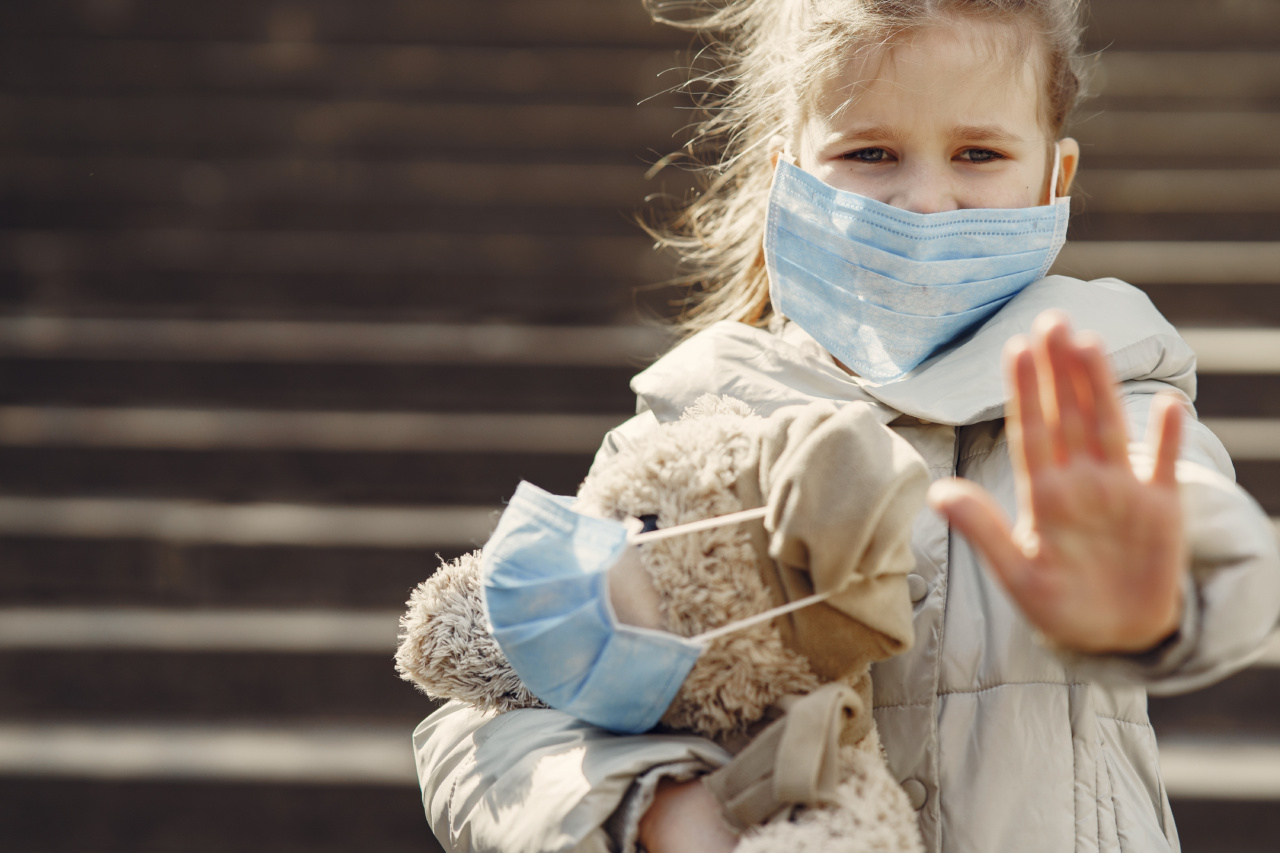As many as 50 million Americans suffer from allergies, and up to 8% of children have food allergies alone, according to the American Academy of Allergy, Asthma, and Immunology (AAAAI).
Allergies are becoming more common and more severe with time and are a significant source of concern for parents and healthcare providers. Allergies can lead to serious illnesses and complications in children, making it crucial to identify and manage allergies as early as possible.
What are allergies?
Allergies occur when the immune system reacts to a usually harmless substance, such as pollen, dust, mold, or food, and treats it like a dangerous invader.
The body produces antibodies and releases chemicals such as histamine to get rid of the substance, leading to various symptoms such as nasal congestion, sneezing, itching, hives, and gastrointestinal issues.
Allergies are classified into three major types:.
- IgE-mediated allergies, which are immediate and potentially life-threatening. This type includes food allergies, anaphylaxis, and allergic rhinitis.
- Non-IgE mediated allergies, which are delayed and cause symptoms such as eczema and gastrointestinal problems.
- Mixed IgE and non-IgE mediated allergies, which have both immediate and delayed symptoms and affect children with severe eczema and food allergies.
How do allergies affect children?
Allergies can have a significant impact on children’s health, well-being, and quality of life. Children with allergies are more prone to serious illnesses and complications, including:.
- Asthma: Children with allergies are more likely to develop asthma, a chronic respiratory disease that causes breathing difficulties and can be life-threatening. Up to 70% of children with asthma have allergies, according to the American Lung Association.
- Ear infections: Allergies can cause the Eustachian tube, which connects the middle ear to the throat, to become congested and blocked, leading to ear infections and hearing loss if left untreated.
- Sinus infections: Allergies can cause the nasal passages to become inflamed and blocked, leading to sinus infections that can be painful and difficult to treat.
- Sleep problems: Children with allergies may have trouble sleeping due to nasal congestion, coughing, and itching, leading to fatigue, irritability, and poor academic performance.
- Anaphylaxis: Some children with allergies, particularly food allergies, may experience a severe and life-threatening reaction called anaphylaxis, which can cause breathing difficulties, low blood pressure, and shock. Anaphylaxis requires immediate medical attention and can be fatal if not treated promptly.
What are the risk factors for allergies in children?
Several factors can increase a child’s risk of developing allergies, including:.
- Family history: Children with a family history of allergies are more likely to develop allergies themselves.
- Environmental exposure: Children living in areas with high pollen count, air pollution, or dust mites are more likely to develop allergies.
- Food introduction: Introducing certain foods, such as peanuts and eggs, to infants too early or too late can increase the risk of allergies.
- Maternal factors: Maternal diet during pregnancy and breastfeeding can affect a child’s risk of allergies.
- Other medical conditions: Children with eczema or asthma are more likely to develop allergies.
How are allergies diagnosed and treated?
Allergies are typically diagnosed based on a combination of medical history, physical exam, and allergy testing. Doctors may use skin prick tests, blood tests, or elimination diets to identify the allergens that trigger the child’s symptoms.
Once the allergens are identified, the child can take steps to avoid them, such as changing their diet, using air filters, and avoiding outdoor activities during peak pollen season.
Treatment for allergies depends on the severity and type of allergy and may include:.
- Antihistamines: These medications can relieve itching, sneezing, and other allergy symptoms. They are available over-the-counter or by prescription, depending on the severity of the symptoms.
- Nasal corticosteroids: These medications can reduce inflammation in the nasal passages and relieve nasal congestion and other allergy symptoms.
- Immunotherapy: This treatment involves exposing the child to small amounts of the allergen over time to desensitize their immune system and reduce the severity of the symptoms.
- Epinephrine: This medication is used in emergencies to treat anaphylaxis and other severe allergic reactions.
How can parents prevent allergies in children?
Preventing allergies in children may not always be possible, but parents can take certain steps to reduce their child’s risk of allergies, including:.
- Breastfeeding: Breastfeeding exclusively for the first six months can reduce the risk of allergies in infants.
- Delaying introduction of certain foods: Introducing solid foods to infants too early or too late may increase the risk of allergies. The American Academy of Pediatrics recommends introducing solid foods between 4 and 6 months, depending on the infant’s readiness.
- Optimizing indoor air quality: Using air filters, reducing indoor humidity, and controlling indoor pests can improve indoor air quality and reduce the risk of allergies.
- Reducing exposure to allergens: Identifying and avoiding allergens that trigger the child’s symptoms can reduce the severity of the allergy and prevent complications.
Conclusion
Allergies are a common and growing problem among children, and they can lead to serious illnesses and complications if left untreated.
Parents and healthcare providers must be vigilant in identifying and managing allergies as early as possible to reduce the risk of complications. Preventive measures and proper treatment can help children with allergies lead healthy, happy lives.





























